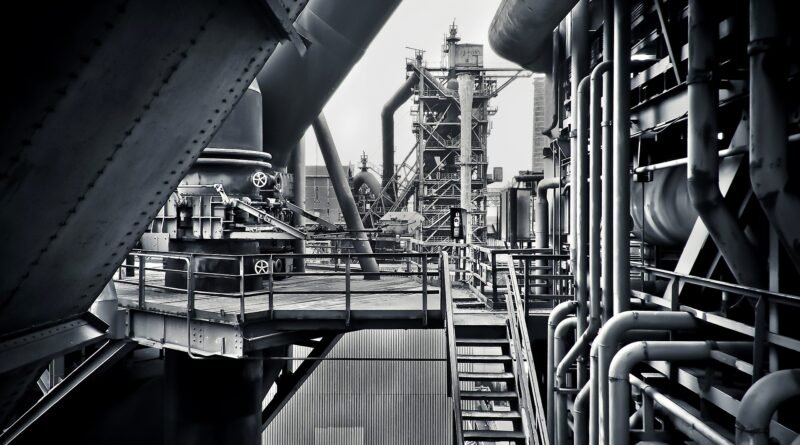Steel plants are Europe’s biggest emitters
Research made by Ember, an independent, not-for-profit climate & energy think tank, funded by the European Climate Foundation and others, reports that while Europe is on the way to coal-free electricity, the next task is to start on coal-free steel.
Dave Jones & Chris Rosslowe present data from European Commission release of preliminary 2019 emissions under the EU’s Emissions Trading System (ETS). The data covers emissions for around 96% of the ETS. Dataset shows that Europe’s coal-to-clean transition is underway: coal power emissions have fallen by 43% since 2013. However, coal power generation is still responsible for 30% of EU ETS emissions, so this job is far from finished.
This is particularly true for lignite fuelled power stations which have seen slower emissions declines.
For the first time, the biggest emitter in both the Netherlands and Spain is revealed as a coal-fired blast furnace. Coal-fired blast furnaces are also the biggest emitters in the UK, France, Austria, Finland and Slovakia. The steel sector makes up 8% of EU ETS emissions, reports ember-climate.org.
Due to Europe’s coal collapse in 2019, power sector emissions fell by 13%. Hard coal fell by 28% and lignite fell by 18% , offset by a 3% rise in gas & oil generation. Around half the power sector emissions falls came from coal-gas switching, with the other half from new wind and solar installations.
Coal power emissions are now down by 43% since 2013 – hard coal is down 57% and lignite is down 26%. In that time, the remaining gas & oil generation emissions have risen by only 7%. This led to a 29% fall in total power sector emissions in just six years. Wind and solar have replaced coal, with help from an increasing carbon price and national coal phase-out policies.
Industrial emissions fell by 2%. This is more due to a fall in industrial production than efficiency increases. Industrial production fell 0.6% in 2019 according to EUROSTAT, including a 5% fall in steel production.
The power sector still accounted for over half (52%) of EU ETS emissions in 2019. Even after an impressive 29% fall in the last six years, rapid cuts to power sector emissions can continue. Lignite power plants emitted 17% of all EU ETS emissions, yet generated only 9% of Europe’s electricity. Hard coal emitted another 13% of EU ETS emissions, despite generating only 10% of Europe’s electricity. The remaining gas+oil generation makes up 22% of EU ETS emissions. In total 844 million tonnes of CO2 were emitted from the power sector in 2019, summing to 52% of total EU ETS emissions.
More wind and solar is needed. While the power sector is making progress, annual renewables deployment must double from its 2010-2019 average in 2019-2030 just to meet existing EU targets.




